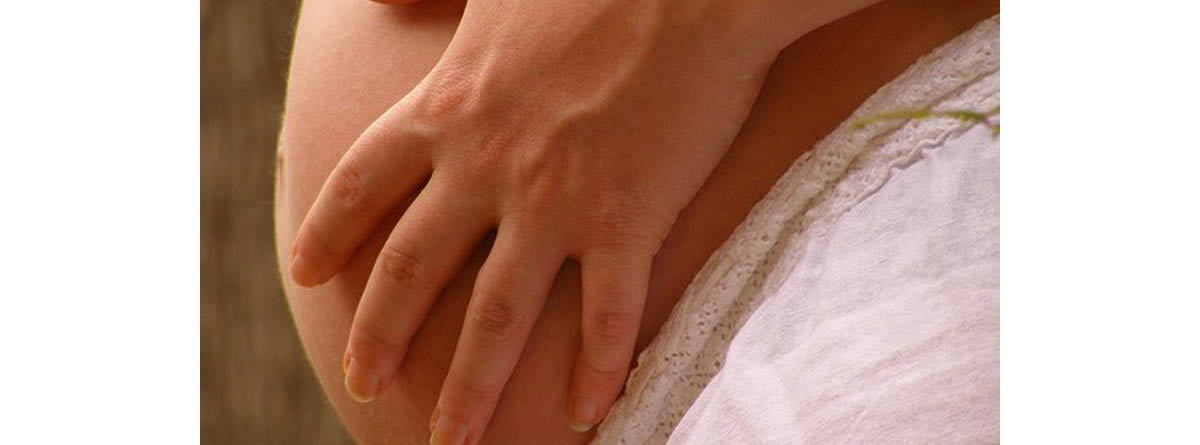Table of Contents
A breech presentation during the third trimester of pregnancy provokes many questions — for both doctors and parents — that all need answers. Should there be an attempt to turn the baby into a vertex position? If the baby remains breech, should be mother have a cesarean section? Would it be safe to attempt a vaginal delivery?

Expectant parents who are facing these questions will probably wonder what the “big deal” is with a breech baby at some point; a question that is sadly rarely discussed. You'll hear that breech deliveries pose more of a risk to the baby than vertex deliveries. But why is this the case?
First, let's take a look at what happens during a normal, head-down labor and birth. During a vertex vaginal labor, contractions will gradually push the baby toward the cervix while the cervix is also dilating (opening). The head then leads the way out, and the rest of the body effortlessly follows down the already dilated and stretched path.
Your typical breech vaginal birth is not that straightforward, for many reasons. The baby's position results in enormous pressure on its hips during the descent into the birth canal, and many breech babies born vaginally emerge with a bruised hip and swollen genitals.
The next big risk, head entrapment, is a particular concern in premature babies. The baby's buttocks and head are the same size in a term baby, which means that the cervix will dilate enough for the head to emerge. A premature baby's head is, on the other hand, larger than its buttocks. Once the baby's body is out, the cervix may not be dilated enough to accommodate the head, which is then trapped in the uterus. Yes, this is as dangerous as it sounds — head entrapment can easily be fatal, especially no highly skilled and experienced professionals present. (In other words, do not attempt a home birth with a breech baby, even if you would prefer a vaginal delivery!)
Finally, umbilical cord prolapse is a risk during a vaginal breech birth. Cord prolapse is a complication during which the umbilical cord emerges from the vagina before the baby does. The baby's weight then puts pressure on the cord, quickly compromising the baby's oxygen supply and leading to death within minutes. The way in which a breech baby is positioned in the uterus makes cord prolapse more likely. The buttocks and legs do not form a "lid" that prevents the cord from slipping out, as a head does.
There is, arguably, an extent of cord prolapse during every vaginal breech birth. After all, the umbilical cord is attached to the baby at the naval, a part of the body that is born before the head in breech births. As the head is born, its weight will put pressure on the umbilical cord. This the reason it is so important for the head to emerge very quickly after the body.
- Photo courtesy of bethykae on Flickr: www.flickr.com/photos/bethykae/3377899104
- Photo courtesy of hannah8ball on Flickr: www.flickr.com/photos/hannah8ball/315606024
- Photo courtesy of on Flickr: www.flickr.com/photos/nathansnostalgia/734049393

